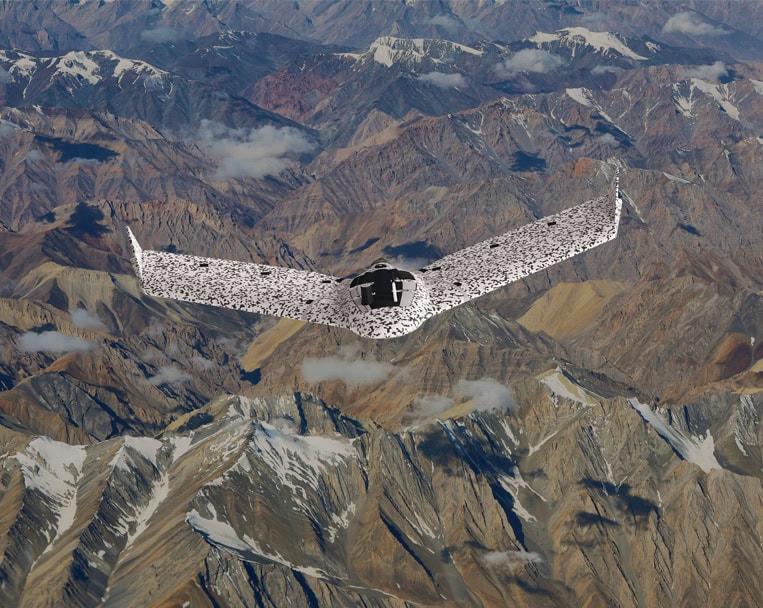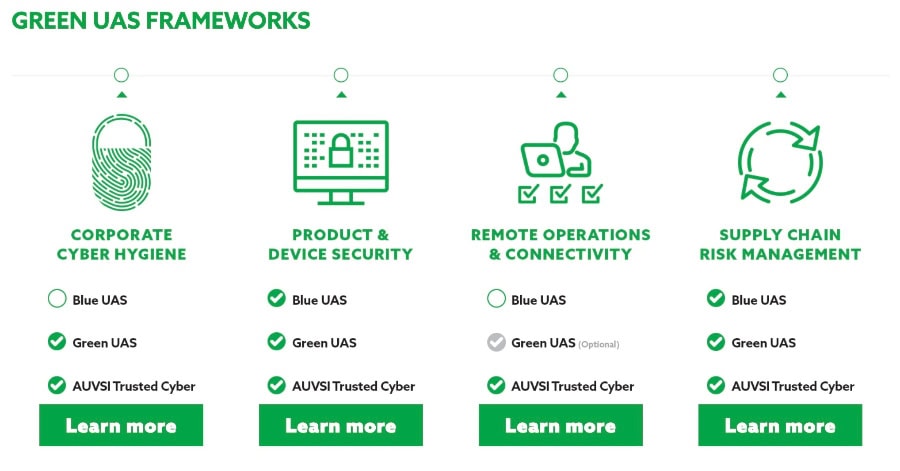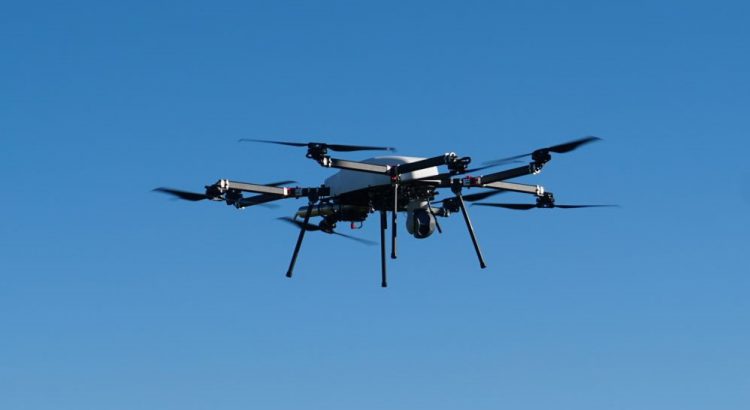AUVSI/DOD Agreement Could Fast Track Blue UAS Approvals
BY Zacc Dukowitz
1 May 2024Up to this point, the DOD’s Blue UAS list has only included drones.
[Blue UAS are drones approved by the DOD for use by the federal government.]

The eBEee Tac, a Blue UAS
But a new agreement between AUVSI and the DOD’s Defense Innovation Unit (DIU) is laying the groundwork for companies to have their drone components added to the Blue UAS list, too.
This may sound a little dry but it’s actually a big deal. And that’s because drone companies throughout the world rely heavily on components made in China.
Even U.S. drone companies that tout their drones as “made in America” still often use Chinese components to make their drones. Why? Because it’s really hard to source all the parts you need to make a drone without turning to China.
By recognizing specific components as Blue UAS, the DOD could give companies looking to meet strict supply chain requirements in the way they buy drones a clear way to do so while simultaneously helping the companies that sell compliant drone components get more business.
The agreement could also potentially create a Blue UAS fast-track, with drones meeting the criteria simply by virtue of being made from components already on the list.
What Does the Agreement Say?
The agreement between AUVSI and the DIU is focused on sharing data.
But the eventual goal is to “include Green certified components on DIU’s Blue UAS Framework list.” That is, to take drone components AUVSI has thoroughly vetted through its Green UAS program (we cover below) and add them to the Blue UAS list.
Here are highlights of the agreement:
- Enhanced access and availability. Making it easier for companies that make drone components to be considered for the Blue UAS list by broadening access to the strict cybersecurity testing it requires.
- Addressing market demands. Broadening the scope of Blue UAS to include drone technology made for the civil and commercial sectors.
- Alignment with NDAA compliance. Ensuring NDAA supply chain compliance, which basically means ensuring drone components aren’t made in China.
- Commitment to market growth. Increasing the availability of NDAA-compliant and cyber-secure platforms in the U.S., which will in turn enhance competition and ultimately lower costs for compliant drone technology.
AUVSI’s Green UAS and NDAA Compliance
The agreement AUVSI has with the DIU states that it “creates a process for drone component manufacturers holding Green UAS certification to share their data directly with DIU . . .”
So what is Green UAS certification?
Where a drone and its parts are made is a huge focus right now, and that focus is only going to intensify in the coming years. Specifically, U.S. government agencies and many private companies are looking for alternatives to Chinese drone technology.
To put this in perspective, six months ago Chinese drones were banned from use by the federal government. And right now, a bill is being considered in congress that would go further, and ban DJI drones nationwide.
In light of these country-of-origin concerns, many drone companies have started claiming that their drones are “NDAA compliant,” which really just means their drones aren’t made in or contain parts from China (or North Korea, Russia, or Iran—but it’s really about China).
NDAA-compliance claims are all self-reported right now. There’s no agency to vet them, and no official “NDAA-compliant” designation.
This is where AUVSI’s Green UAS program comes in. The program was created a few years ago but it’s just now getting ramped up, and it was created in part to certify the supply chain for commercial drones.
Green UAS is like Blue UAS. But where Blue UAS vets drones for defense purposes, Green UAS focuses on drones for commercial use cases.

Just as Blue UAS drones go through a rigorous vetting process, Green UAS drones have to go through an in-depth review to be added to the list. But while the Blue UAS designation is only for drones, Green UAS status can be given to drones, drone components, and drone software.
AUVSI created the Green UAS initiative in collaboration with the DIU. And now, through the new agreement we covered above, Green UAS companies will be able to share their data and AUVSI’s security findings directly with the DIU “with an aim to potentially include Green certified components on DIU’s Blue UAS Framework list.”
Put simply, if you become a Green UAS company, your components could end up on the Blue UAS list, potentially creating a backdoor to achieving Blue UAS status. Which is a good thing. The cost to get a Blue UAS designation is quite high, making it hard for some companies to compete, and this effort could lower the barrier of entry for many American companies.

Skyfront’s Perimeter 8 | Credit: Skyfront
So far, only one drone company has achieved Green UAS status: Skyfront.
However, there are 15 more companies that are currently seeking it, including BRINC, Skyfish, Dragonfly, and American Robotics.
Eventually, we imagine any company that wants to sell commercial drones in the U.S. will want to be designated Green UAS, though this change may take years to be realized.


